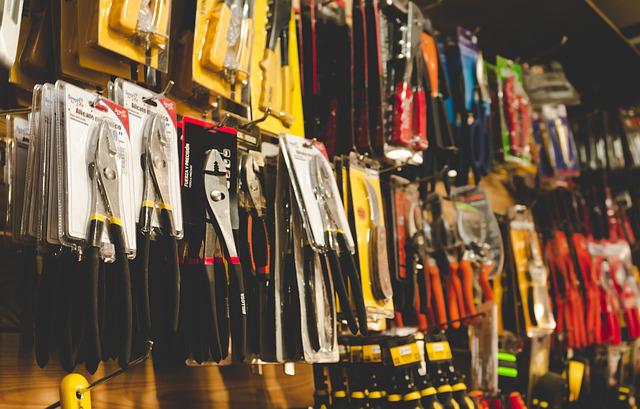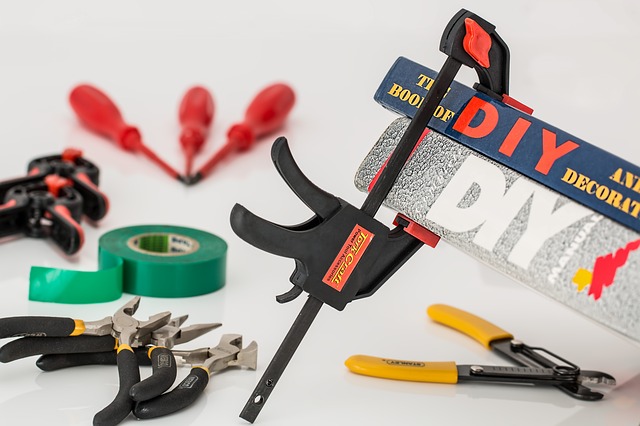
Fulton County residents will be familiar with grease traps. However, you might not be aware of the rules and regulations regarding grease traps. You should consult the local municipal code if this is the case. The code regulates grease trap requirements as well as FSE wastewater rules. This includes FOG disposal regulations. It can be difficult to navigate through the hundreds of pages of legalese. Thankfully, there are resources available to help you, including this helpful guide.
Rules and regulations
You may not be aware of the rules and regulations regarding grease traps, Fulton County in Georgia. While it's important you adhere to the rules to avoid potential legal and financial penalties, you don’t want to break any of them. Fulton County requires grease traps to be inspected annually. They also have specific cleaning schedules based on the type and size of the trap. These rules are important for businesses. Read on to find out more.
For commercial car washes there is a unique rule. To prevent FOG being spread to the city's wastewater system, they must use an oil separator. The rules require commercial truck and car wash facilities to have a grease trap. They must also employ a grit removal system. You can also use alternative pretreatment methods if you do not have these rules.

Inspection requirements
Fulton County Georgia's inspection of grease traps takes place only once a calendar year. This is because Fulton County requires that grease traps be cleaned at least 25 percent of the time. The inspection also takes place on certain dates based on the size and type of grease traps used at your business. Fulton County has specific requirements regarding grease trap inspection. You must provide manifests from a FOG Waste Transporter and a grease trap Servicer to ensure compliance.
Fulton County regulations for grease traps require that grease traps be cleaned at least once per year to avoid being in violation. The grease trap is an underground tank which is emptied of food wastes from kitchens. It cannot be used in garbage disposals or dumpsters. Different food facilities may have different discharge requirements. A commercial pretreatment system must be used for microbreweries.
Cost of service
Fulton County is a leader in grease trap maintenance and cleaning. Fulton County's Highways & Facilities Department has increased several cleaning costs this year in order to pay for additional COVID cleaning. An amendment to the county's budget in 2021 partially covered this cost. Since then, the Highways & Facilities Department has continued its weekly COVID cleaning at the County Office Building and the Fulton County Complex I & II. Midday cleaning at the County Office Building will continue through the end of the year for $200.
Not only is grease a messy mess, it's potentially hazardous. In addition to creating an unhealthy environment, it can also cause plumbing back ups and accidents. A grease trap service may cost less than other penalties and fines. So what can you expect of a service provider? For more information, please read the following. There are several advantages to hiring a fulton county grease trap service.

Location of grease trap
Your Atlanta grease trap location is crucial to your plumber. A trap is a device that intercepts grease content from sewage and allows the grease to be skimmed off for disposal. Servicing your trap in an accessible area will result in a lower cost. However, if your trap is located in an difficult-to-reach area, you will not be charged extra for cleaning it.
A grease trap is necessary to keep grease and fats from getting into the sanitary sewer. This system is not able to handle large amounts grease. Therefore, a grease trap will isolate the grease and prevent it from being deposited into the public sewage system. It is important to clean your trap regularly because the grease cannot drain on its own. Your grease trap should be cleaned at least once a week to avoid any fines.
FAQ
What is the distinction between a handyman & a carpenter
You can hire a handyman to do a variety projects like plumbing, electrical installations, painting, drywall repair and cabinet making. Carpenters specialize in woodworking. They can build cabinets, walls, doors, windows, stairs, decks, roofs, fences, sheds, etc.
What happens if a handyman causes harm and I'm not satisfied with his work?
If anything goes awry during the project, you'll need to inform him immediately. It is best to take photos and write down the details. You can then contact your insurance company to file an insurance claim.
How long does a handyman take?
To be a professional handyman it takes years of hardwork. It usually starts with helping friends and family and gradually expands into a full-time career.
As you work, you will begin to acquire all the skills required.
What can a handyman do to fix my leaky faucets
A handyman can probably handle minor repairs but will not have the training required to perform major projects, such as rewiring a house or installing custom cabinetry. Handymen can complete minor home improvement tasks.
How often should I call a handyman?
It all depends upon the nature of your job. A handyman may be all you need for a small job, such as replacing a light bulb. If there are many remodeling tasks involved, however, you might need several handymen.
Is it cheaper to hire handyman than general contractors for the same job?
Yes! Sometimes, a handyman can be a better alternative to hiring a general contractor to complete the task. This is especially true for those who have never had a contractor do a job. Additionally, a handyman will speed up the job completion because they can complete certain tasks quicker and more efficiently.
Statistics
- Our handyman services for seniors are provided by professional senior helpers who have been serving the community for over 20 years with 98% customer satisfaction. (cantatahomeservices.org)
- According to the U.S. Bureau of Labor Statistics, in May 2020, there are 1,357,630 handymen employed in the U.S.. (angi.com)
- Mila keeps a commission of 20% for each completed service performed by Friends and charges various service fees regarding work done by Pros. (appjobs.com)
- With a strong housing market, the handyman and general maintenance worker industry are expected to grow by nearly 10% in the next decade. (housecallpro.com)
- Another estimate was that the market in the United States was $126 billion and was increasing by about 4% annually. (en.wikipedia.org)
External Links
How To
How to replace a broken tile
Step 1 – Remove the tiles.
Remove the old tiles from your flooring and put them aside. If you plan to use these tiles later, it is important that you keep them in good condition. It's important to note which parts are missing or damaged in order to be able to find the right replacements.
Step 2 – Choose New Tiles
Take a look at some different options available for tile replacement.
-
Locate a replacement tile that is the same as the one you just removed.
-
Use the measurements you took when removing the tile to find a matching piece. This will allow you to quickly find the right size, without having to measure again.
-
Look for various colors, patterns, textures, sizes, shapes, etc.
-
Consider the grout you want to use. Some people like a consistent color while others prefer mixing it.
-
Make sure the tile you select is resistant to moisture.
-
Also, think about where you want to place your new tile. This will help you save time and money.
-
Once you've picked your tile, place an order online or call your local Lowe's location to place it.
Step 3 Install the new tiles.
To install your tiles, follow the same procedure as before. You must align them correctly to ensure they fit together.
Step 4 - Clean Up
Make sure to clean up all debris and other materials before applying the final layer of protection material.
This will prevent dust and dirt from building up between the tiles.
Step 5 – Sand down the floor
After cleaning, sand the floors to remove any particles.
Step 6 - Close the door
Once the floor is smooth, apply the protective coatings. Because wet paint can cause damage to the tiles' surfaces, it is important that you wait.
To help prevent stains, you could always use a product called 'damp-anddry' on your floors.
It won't solve every problem after your tiles are installed. For example, if you have a lot of kids running around, you may want to consider using an anti-slip coating on top of the protective layer.
Remember to let the protective sealer remain on for several additional weeks before you move into your home.